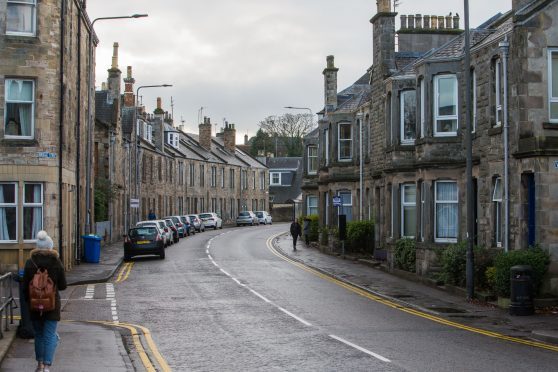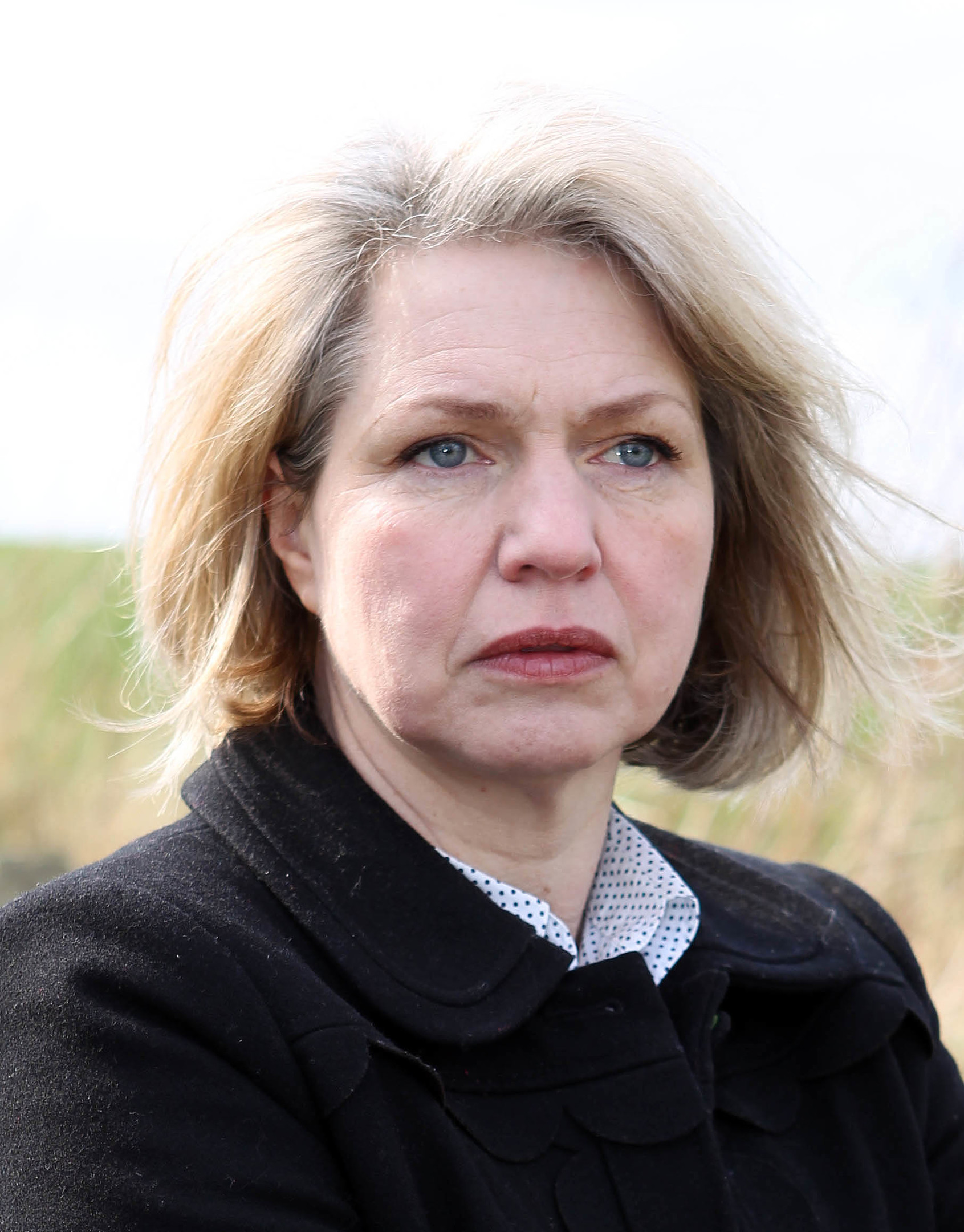A Fife councillor has admitted using the term “social cleansing” in the debate about St Andrews HMOs was inappropriate.
Councillor Linda Holt came under fire for her comments about the town’s student population as a new policy was promoted for houses in multiple occupation (HMOs).
In a statement issued by the Scottish Conservatives, she said: “I intend to continue to represent the concerns of local residents on this issue but I accept that the use of the phrase ‘social cleansing’ was inappropriate and I won’t use it again.”
Last week Fife Council’s north east Fife area committee recommended thresholds be set for the number of HMOs permitted in St Andrews, where many areas of the town centre are dominated by student lets.
Mrs Holt had argued the population of permanent residents was dwindling due to the rising number of HMOs.
In a letter to The Courier, St Andrews University’s director of communications Niall Scott demanded the East Neuk and Landward councillor withdraw her “deeply offensive” remark.
He said: “Councillor Linda Holt’s claim that St Andrews University and its students have engaged in the social cleansing of St Andrews has caused palpable anger amongst our students and staff.
“Social cleansing is defined as ‘class-based killing that consists of elimination of members of society considered undesirable, including but not limited to the homeless, criminals, street children, the elderly, sex workers and sexual minorities’.”
Mrs Holt had previously stood by her comment, telling the student newspaper The Saint the social profile of St Andrews had changed markedly over the last 30 years, largely due to the rise in student numbers.
She said: “Social cleansing is what it can seem like to some for whom studentification means they cannot, or no longer want to, live in St Andrews.”
She told The Courier yesterday: “I don’t want to offend anyone but I want the fact that there is an issue in St Andrews with displacement of the resident population by the student population to be talked about.
“There are problems with town and gown relations and I would like to see them addressed.”
She also called for the establishment of a liaison forum for the university and local community.










